Understanding prompt hierarchy in ABA
Mastering the Art of Prompting to Foster Independence

Setting the Stage for Effective Behavior Intervention
Understanding the hierarchy of prompts in Applied Behavior Analysis (ABA) is essential for designing effective teaching strategies that facilitate skill acquisition and promote independence. This article explores the concept, structure, types, and implementation of prompt hierarchies, emphasizing their role in reducing prompt dependency and enhancing learning outcomes for individuals with developmental disabilities, especially autism.
Defining the Prompt Hierarchy in ABA Therapy
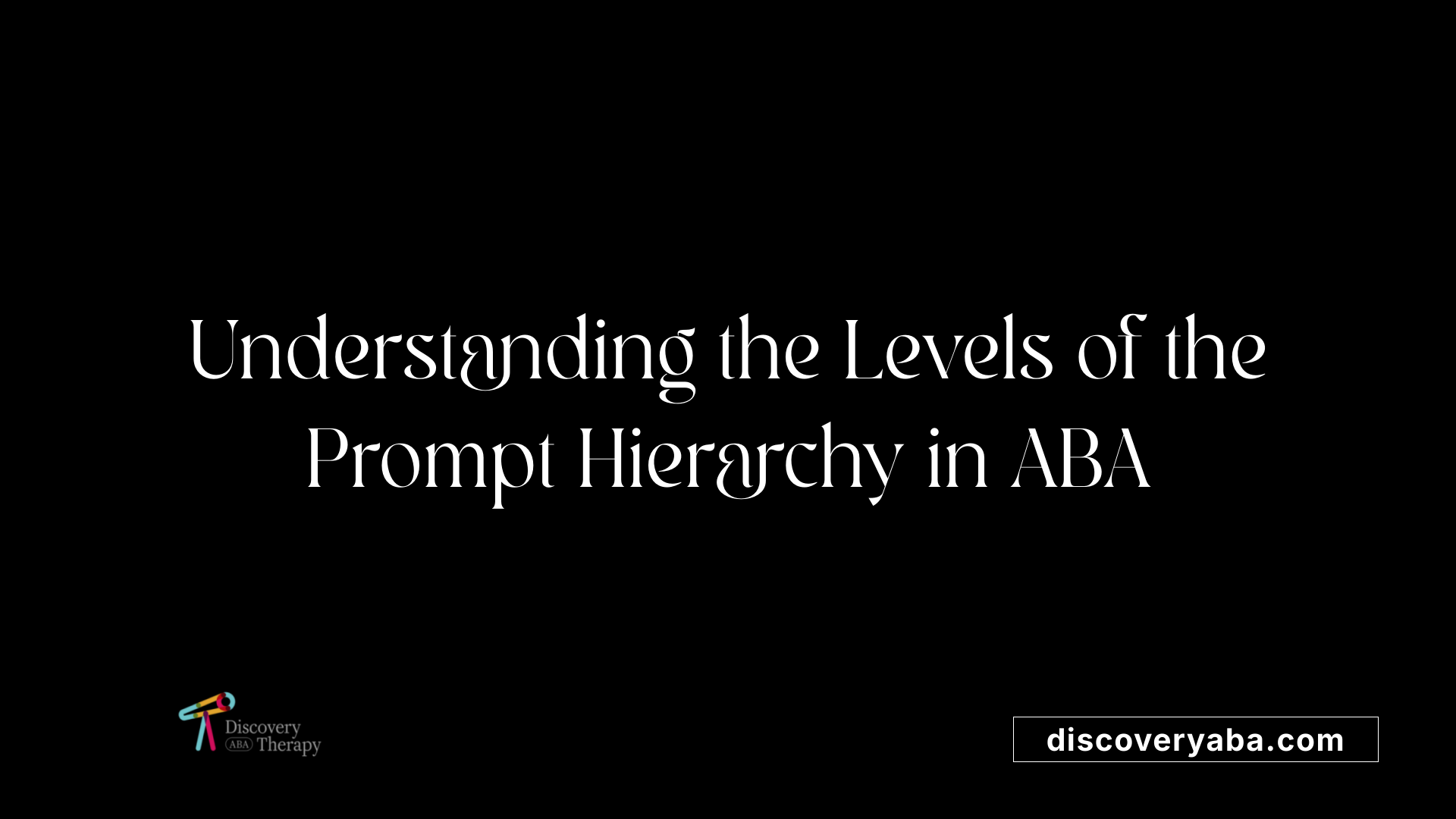
What is the prompt hierarchy in ABA therapy?
The prompt hierarchy in ABA therapy is a structured approach used to teach new skills effectively. It involves starting with the least intrusive prompts that support the learner, such as visual cues or gestures, and gradually increasing assistance to more direct prompts like verbal cues or physical guidance if the learner does not respond.
This system comprises several levels of assistance, from independent responses to full physical help. The main goal is to find the most effective prompt that allows the child to perform the skill independently and then to systematically fade these prompts to promote independence.
Common prompts within this hierarchy include visual prompts (like pointing or showing models), verbal prompts (full or partial), gestural cues, modeling, partial physical assistance, and full physical assistance. Strategies like most-to-least or least-to-most prompting are used to navigate these levels, depending on the learner's current skill level and needs.
Prompt fading plays a crucial role. It involves techniques such as time delay strategies or graduated guidance where prompts are gradually reduced in intensity or frequency. This process helps prevent prompt dependency, encouraging learners to perform skills independently.
Why is the prompt hierarchy important in ABA?
Using a prompt hierarchy ensures a systematic and effective way to support learning. It helps teachers and therapists deliver just enough assistance for the learner to succeed without over-relying on prompts.
This approach enhances skill acquisition, improves generalization across different settings, and builds confidence in learners. It also minimizes frustration, promotes motivation, and supports the development of independence.
In practice, implementing a prompt hierarchy involves assessing individual needs, choosing the appropriate prompts, planning the sequence of assistance, and consistently monitoring progress to adjust the level of prompts accordingly.
Overall, the prompt hierarchy in ABA is essential for promoting successful learning experiences, guiding learners towards autonomy, and ensuring the effectiveness of behavioral interventions.
Different Types of Prompts Used in ABA
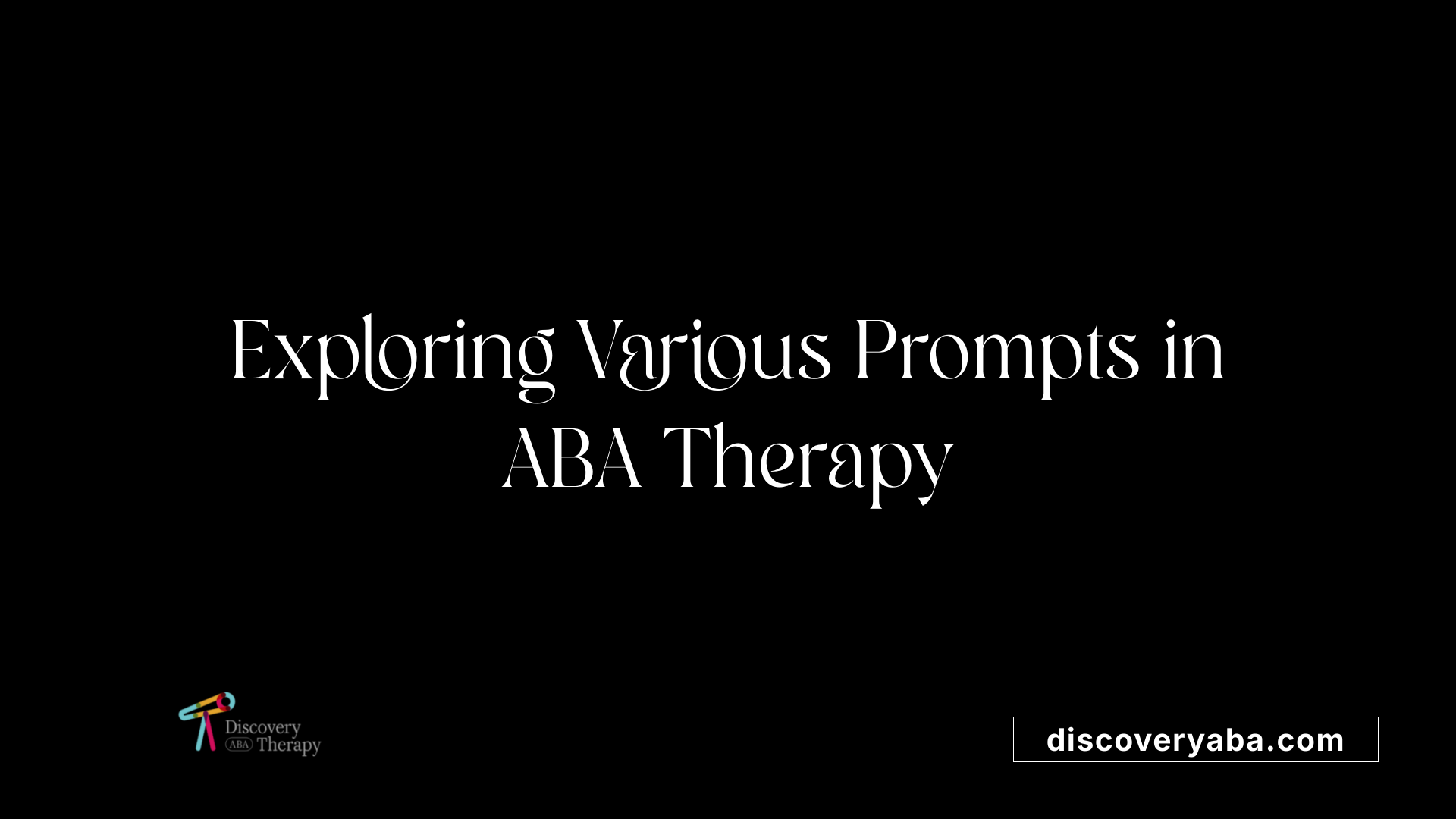
What are some examples of prompts used in ABA therapy?
In Applied Behavior Analysis (ABA) therapy, prompts serve as cues or assistance to guide learners toward performing specific skills correctly. These prompts can take various forms, tailored to suit the learner’s needs and the skill being taught.
One common type is physical prompts, which involve direct physical assistance. For example, a therapist might guide a child's hand to help them grasp a utensil or perform a motion. This type is the most intrusive and can be gradually faded as the learner gains independence.
Verbal prompts include cues delivered through speech, such as giving a full verbal instruction like "pick up the spoon," or a more subtle prompt like saying the initial sound of a word. These can be full or partial, with partial verbal prompts providing just a hint rather than the complete instruction.
Visual prompts involve visual cues such as pictures, objects, or showings that help learners understand what to do. For instance, showing a picture of a spoon before eating is a visual prompt that supports understanding.
Modeling prompts are demonstrations where the therapist shows the correct response for the learner to imitate. This can happen through full modeling—showing the task step-by-step—or partial modeling, focusing on specific parts of the skill.
Gestural prompts involve physical gestures or signals to prompt a response, like pointing to an object or using hand signals instead of words.
These prompts are arranged in a hierarchy from most intrusive to least intrusive. For example, physical assistance sits at the top, while visual and gestural cues are less invasive. As the learner masters the skill, prompts are systematically faded using strategies like most-to-least or least-to-most prompting.
The ultimate aim of using these prompts and their systematic fading is to foster independent skills and reduce dependence on prompts. This approach helps learners gain confidence and flexibility, ultimately leading to autonomous functioning in daily activities.
Organization and Levels within the Hierarchy

What are the different levels of prompts in ABA, and how are they organized within the hierarchy?
In ABA therapy, prompts are arranged in a structured hierarchy that ranges from the most to the least intrusive support. This organization helps therapists and educators deliver the right level of assistance to support learning while encouraging independence.
At the top of the hierarchy are the most supportive prompts, such as full physical assistance, where the learner might be physically guided to perform a task. Moving downward, supports become less invasive, including partial physical prompts, where only part of the physical assistance is given, and modeling prompts, where the therapist demonstrates the correct response.
Further down are verbal prompts, starting from full verbal cues to more specific phonemic prompts. Visual prompts include cues like models, stimuli, positional cues, or gestures, offering support that is less intrusive.
The organizational goal is to progressively fade these prompts, starting with the most intrusive and moving toward independent performance. This systematic fading reduces prompt dependence and fosters skill mastery.
There are two main approaches: the most-to-least prompting, which begins with the most intrusive aid and gradually reduces support; and the least-to-most prompting, which starts with minimal cues and introduces more support only if necessary.
Prompt fading strategies, like time delay techniques, are employed to ensure that learners rely less on external cues over time. This structure ensures that each learner receives the minimal assistance needed to succeed at a task, promoting autonomy.
In summary, the prompt hierarchy in ABA features distinct levels—from full physical assistance to natural cues—organized to facilitate effective learning and independence tailored to each learner’s needs.
Strategies for Effective Prompt Fading
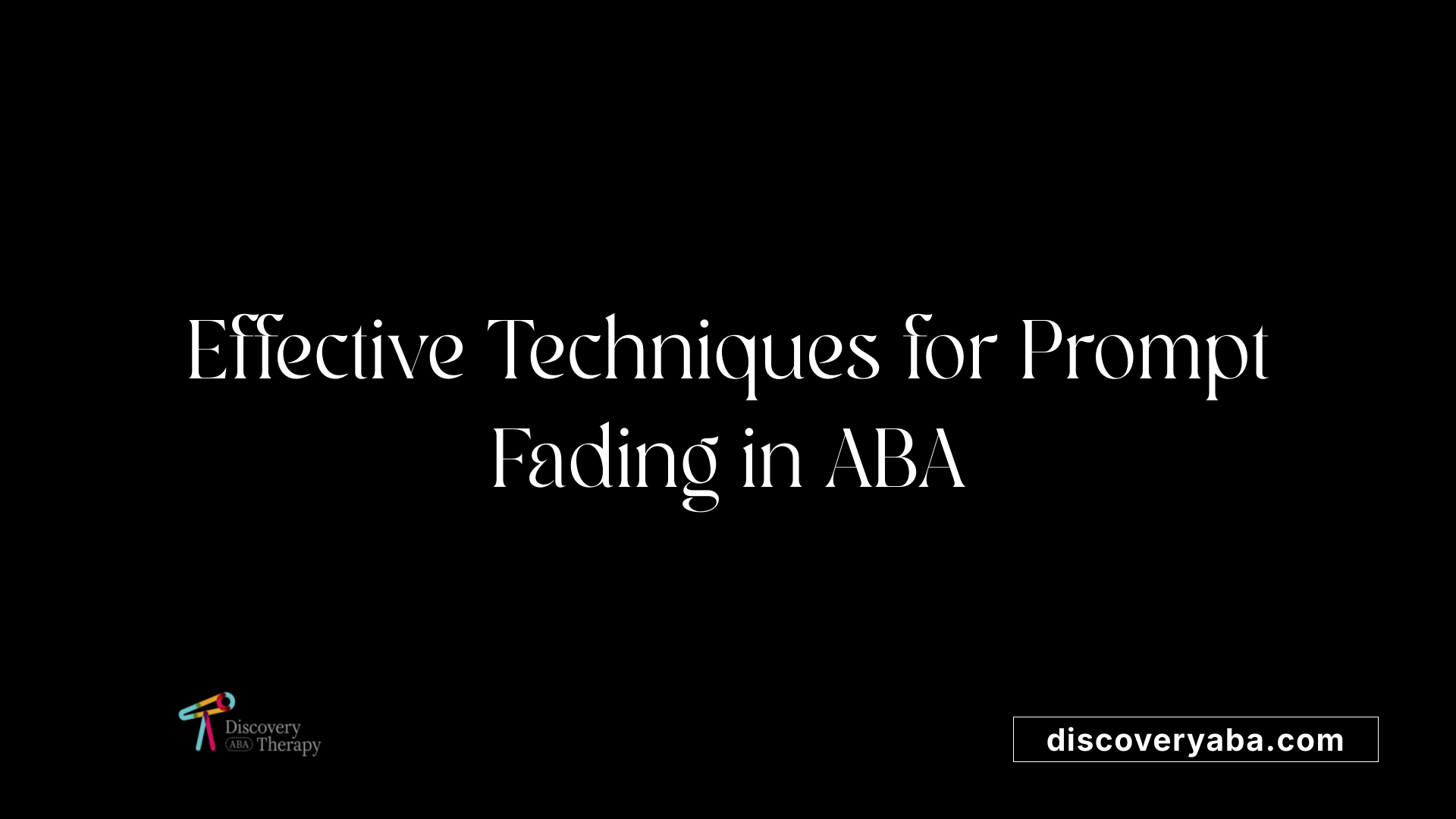
Why is prompt fading important in ABA therapy?
Prompt fading is a fundamental component of Applied Behavior Analysis (ABA) because it encourages learners to become more independent over time. By gradually reducing the level of assistance, therapists help individuals perform skills without reliance on prompts. This process prevents prompt dependency, which can inhibit long-term learning and generalization.
Effective prompt fading supports the transfer of stimulus control from prompts to natural cues, making skills more adaptable across different settings and situations. It also boosts learners’ confidence as they succeed with less support, accelerating skill mastery. Techniques such as most-to-least and least-to-most prompting create a structured pathway for reducing assistance, ensuring that learners stay motivated and engaged.
Overall, prompt fading increases the effectiveness of ABA interventions by fostering independence, promoting durable skill acquisition, and encouraging natural, spontaneous responses.
Significance of the Hierarchy in Teaching and Learning
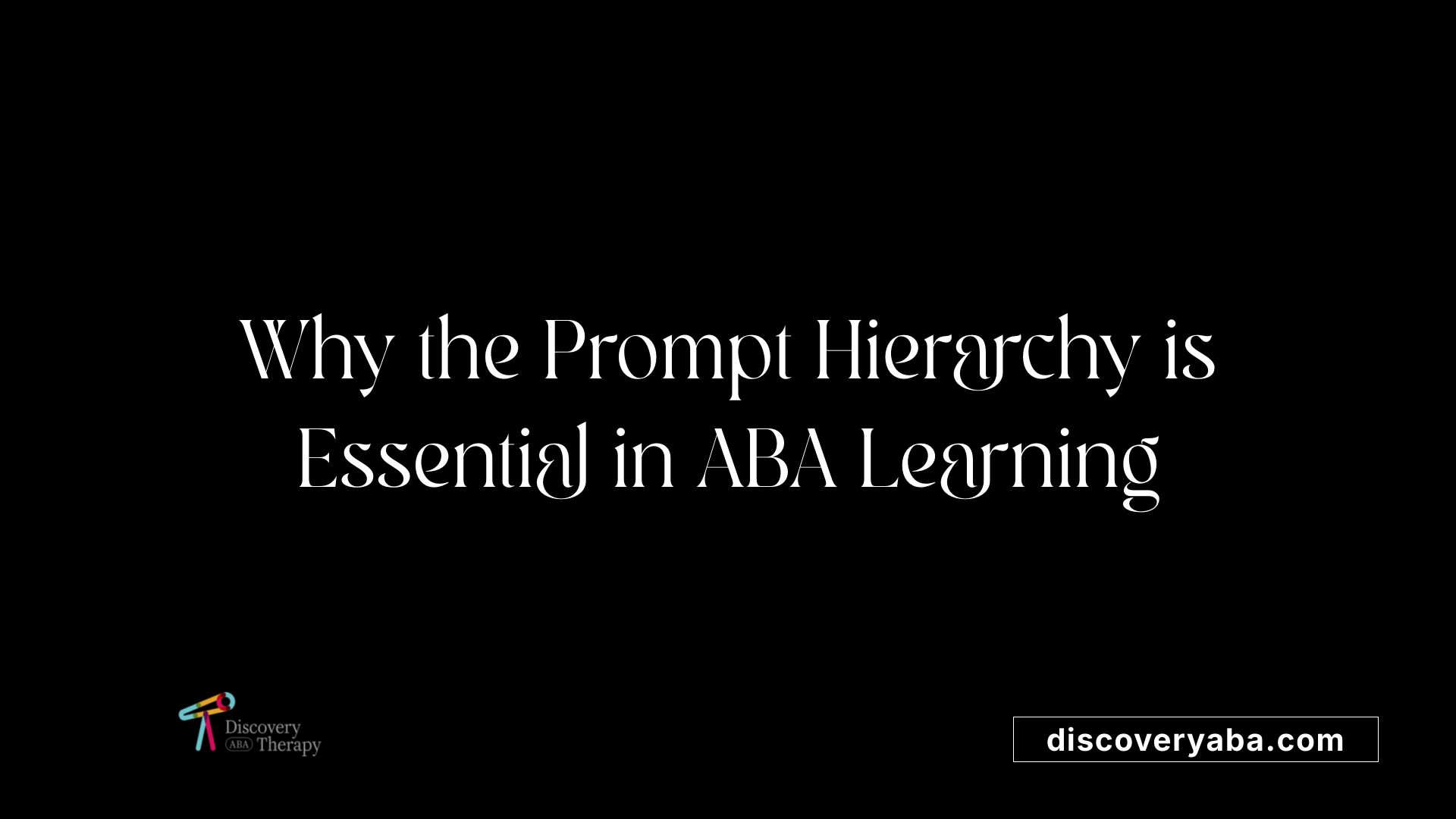
How does the prompt hierarchy support teaching and learning for individuals with developmental disabilities?
The prompt hierarchy in ABA therapy serves as a foundational tool for effective teaching among individuals with developmental disabilities. It provides a clear, step-by-step framework that includes various levels of assistance, starting from most intrusive (such as full physical prompts) to least intrusive (like visual cues or gestures). This structured approach helps educators and therapists gradually guide learners towards independent responses.
By systematically reducing prompts through fading techniques, learners are encouraged to rely less on assistance and more on their own abilities. This fosters confidence and competence, as learners are supported just enough to succeed, then gradually encouraged to perform tasks independently.
The tailored nature of the prompt hierarchy ensures that each learner’s unique needs are addressed. The gradual fading process minimizes frustration and prevents prompt dependency, a common challenge in skill acquisition. Prompts are used as temporary supports that are always self-fading, which helps learners develop new skills with minimal difficulty.
Furthermore, incorporating methods like time delay, which involves increasing the interval between instruction and prompt, and errorless learning, ensures smooth transitions and positive reinforcement. This approach not only enhances skill acquisition but also promotes the generalization of skills across different settings.
In summary, the prompt hierarchy supports learning by providing a systematic way to introduce, reinforce, and fade prompts, making learning processes efficient, supportive, and geared toward developing independent functioning.
Impact on Skill Generalization and Autonomy
Prompting and its systematic fading play a vital role in helping learners generalize skills across different settings and situations. When prompts are used appropriately and gradually reduced, learners are encouraged to rely on their own abilities, which leads to broader applicability of skills beyond the initial teaching environment.
The process of fading prompts enhances confidence in learners by gradually decreasing their dependency on external cues. As learners master skills with less intrusive support, they become more autonomous, capable of performing tasks independently in daily life.
Why is prompt fading important in ABA therapy? It promotes independence by systematically reducing assistance as the individual acquires new skills. This approach prevents prompt dependency, which can hinder long-term learning and transferability of behaviors.
Effective fade techniques, including most-to-least and least-to-most prompting, support this process by carefully adjusting the level of assistance. Such methods help establish stimulus control of the natural cues and foster lasting competence.
In the long run, prompt fading not only enhances the efficiency of learning but also builds the learner’s confidence, encouraging persistence and motivation. As a result, learners are better prepared to perform behaviors appropriately across different environments without continuous external support.
| Prompt Type | Description | Role in Skill Development |
|---|---|---|
| Physical Prompts | Direct physical assistance | Faded gradually to promote independent physical task performance |
| Verbal Prompts | Spoken instructions or hints | Reduced from full to partial or indirect prompts |
| Visual Prompts | Models, gestures, or visual cues | Transitioned to less intrusive cues as competence increases |
| Prompt Hierarchy Level | From most to least intrusive | Guides the systematic reduction of prompts |
Understanding and applying prompt fading techniques effectively ensures a smooth recognition of skills in daily tasks, fostering independence and boosting confidence. This strategic approach leads learners from supported responses to fully autonomous behavior, essential for meaningful skill generalization and lifelong independence.
Theoretical and Practical Considerations for Practitioners
Assessment and individualized planning
In ABA therapy, establishing an effective prompt hierarchy begins with thorough assessment. Practitioners evaluate the learner’s current skills, communication styles, and responsiveness to different types of prompts. Understanding these factors helps create a personalized plan that aligns prompts with the learner’s unique needs. Individualized planning considers the specific task requirements and the learner’s previous experiences, allowing a tailored sequence of prompts that gradually promote independence.
Monitoring progress
Continuous observation and data collection are vital in implementing a successful prompt hierarchy. Regular monitoring enables practitioners to track how learners respond to different prompts and fading strategies. This process provides real-time insights into whether the chosen levels of assistance are effective or if adjustments are necessary. Monitoring also helps identify emerging skills and potential prompt dependencies, guiding timely modifications.
Adjusting prompts based on data
Flexibility in prompt fading is crucial in ABA practice. Data-driven decisions facilitate adjustments to prompts, ensuring supports remain appropriate to the learner’s evolving capabilities. For example, if a learner begins to respond more independently, prompts can be faded more rapidly. Conversely, if progress stalls, prompts can be made more intrusive temporarily to reinforce learning. Techniques like most-to-least, least-to-most prompting, and time delay strategies are employed to optimize independence. Adjustments are made collaboratively with caregivers and interdisciplinary team members, ensuring consistency across settings.
What factors influence the individualization of a prompt hierarchy?
The individualization of a prompt hierarchy is influenced by the learner’s unique skill level, learning style, and specific needs, which dictate the appropriate type and level of prompts to use. It is also guided by ongoing assessment of the learner’s responsiveness and progress, enabling adjustments to optimize independence through prompt fading strategies such as most-to-least or least-to-most prompting. The complexity of the task being taught and the learner's previous experiences shape the structure and sequencing of prompts within the hierarchy. Collaborating with a trained ABA therapist and caregivers ensures the prompt hierarchy is tailored to the individual's strengths, weaknesses, and contextual factors, promoting effective skill acquisition and generalization. Flexibility and continuous data collection are essential to modify the prompt hierarchy as the learner develops, ensuring supports remain appropriate and promote independence.
| Aspect of ABA Practice | Description | Importance |
|---|---|---|
| Assessment | Evaluating individual skills and needs | Guides personalized prompt hierarchy |
| Data Monitoring | Tracking responses and progress | Informs adjustments to prompts |
| Prompt Adjustment | Modifying prompts based on data | Supports learner’s evolving independence |
| Collaboration | Working with caregivers and teams | Ensures consistency and effectiveness |
Effective implementation of a prompt hierarchy demands a flexible, data-informed approach. By considering individual differences and ongoing progress, practitioners can foster skill development and independence while reducing prompt dependence.
Conclusion and Practical Takeaways
How does a systematic approach to prompts enhance learning?
Implementing a structured prompt hierarchy is fundamental in ABA therapy as it provides a clear pathway for teaching new skills. Starting from the most intrusive prompts, like full physical assistance, and gradually shifting to less restrictive cues, such as visual or verbal prompts, helps learners acquire skills efficiently. This method ensures each step is mastered before moving forward, reducing confusion and frustration.
Why is prompt fading important in ABA therapy?
Prompt fading is crucial because it encourages learners to perform behaviors independently, rather than relying on prompts. It minimizes prompt dependency, which can hinder long-term skill retention. Techniques like most-to-least prompting, least-to-most prompting, and time delay help gradually reduce assistance, fostering confidence and ensuring the skill transfers across different environments.
Role of data collection and collaboration
Consistent data collection plays a vital role in adjusting prompts and fading strategies. Monitoring progress tells clinicians when to fade prompts or adjust levels for optimal learning. Collaboration among therapists, parents, and interdisciplinary team members is essential for maintaining consistency and reinforcing progress across settings. This teamwork ensures that prompts are used appropriately and faded effectively, supporting sustainable learning outcomes.
| Aspect | Description | Additional Notes |
|---|---|---|
| Types of prompts | Physical, verbal, visual, model, gestures | Tailored to learner’s needs |
| Fading techniques | Most-to-least, least-to-most, time delay | Ensures gradual independence |
| Assessment methods | Data collection, progress monitoring | Guides prompt adjustments |
| Collaboration | Involves teachers, parents, therapists | Ensures consistency and generalization |
| Technology use | Tablets, AAC devices for prompting | Enhances engagement and effectiveness |
Utilizing these strategies thoughtfully creates a supportive environment that promotes skill mastery while fostering independence.
Final Thoughts: Enhancing Learning through Structured Prompting
Understanding and effectively implementing the prompt hierarchy in ABA is crucial for fostering skill development and independence. A systematic approach involving careful assessment, individualized prompts, and strategic fading techniques ensures that learners gain confidence and achieve mastery. Continuous data collection and collaboration among caregivers, therapists, and educators are vital for tailoring interventions that lead to meaningful and lasting improvements in behavior and skill acquisition.
References
- The Art of Prompting: A Guide to the Prompt Hierarchy in ABA
- Prompt Hierarchy in ABA: A New Perspective
- [PDF] PROMPT HIERARCHY
- Using the System of Least to Most Prompts | Nevada Dual Sensory ...
- Understanding ABA Prompts and Prompt Hierarchy | Motivity
- What is Prompt Hierarchy in ABA Therapy?
- Master Prompting Hierarchy in ABA Therapy
- Understanding ABA Prompts and Prompt Hierarchy | Motivity
- Understanding Prompt Hierarchy in ABA Therapy
- Understanding ABA Prompts and Prompt Hierarchy | Motivity
Does Your Child Have An Autism Diagnosis?
Learn More About How ABA Therapy Can Help
Find More Articles
Contact us
North Carolina, Tennessee, Nevada, New Jersey, Utah, Virginia
New Hampshire, Maine
Massachusetts, Indiana, Arizona, Georgia
.avif)













.jpeg)




















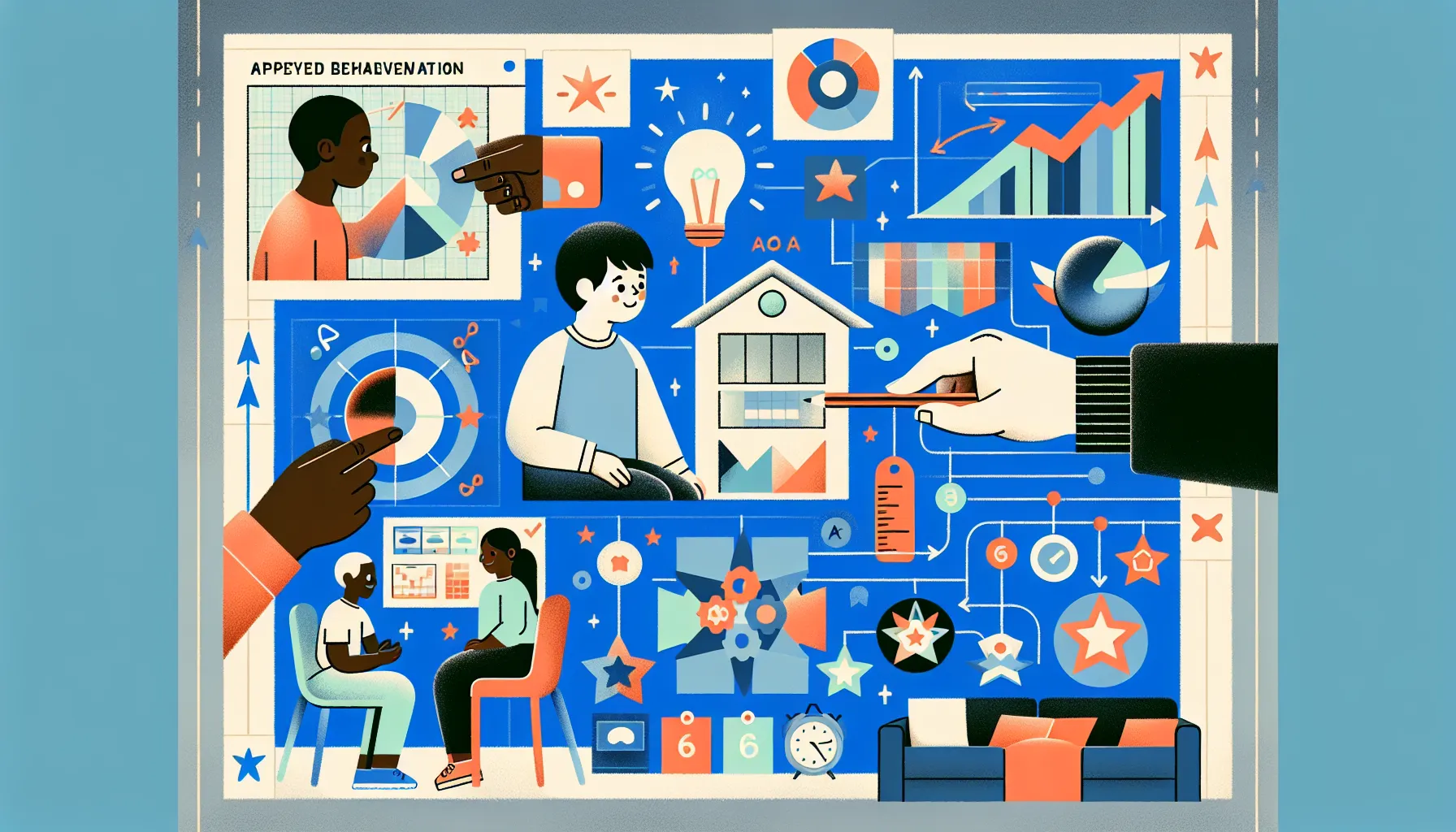
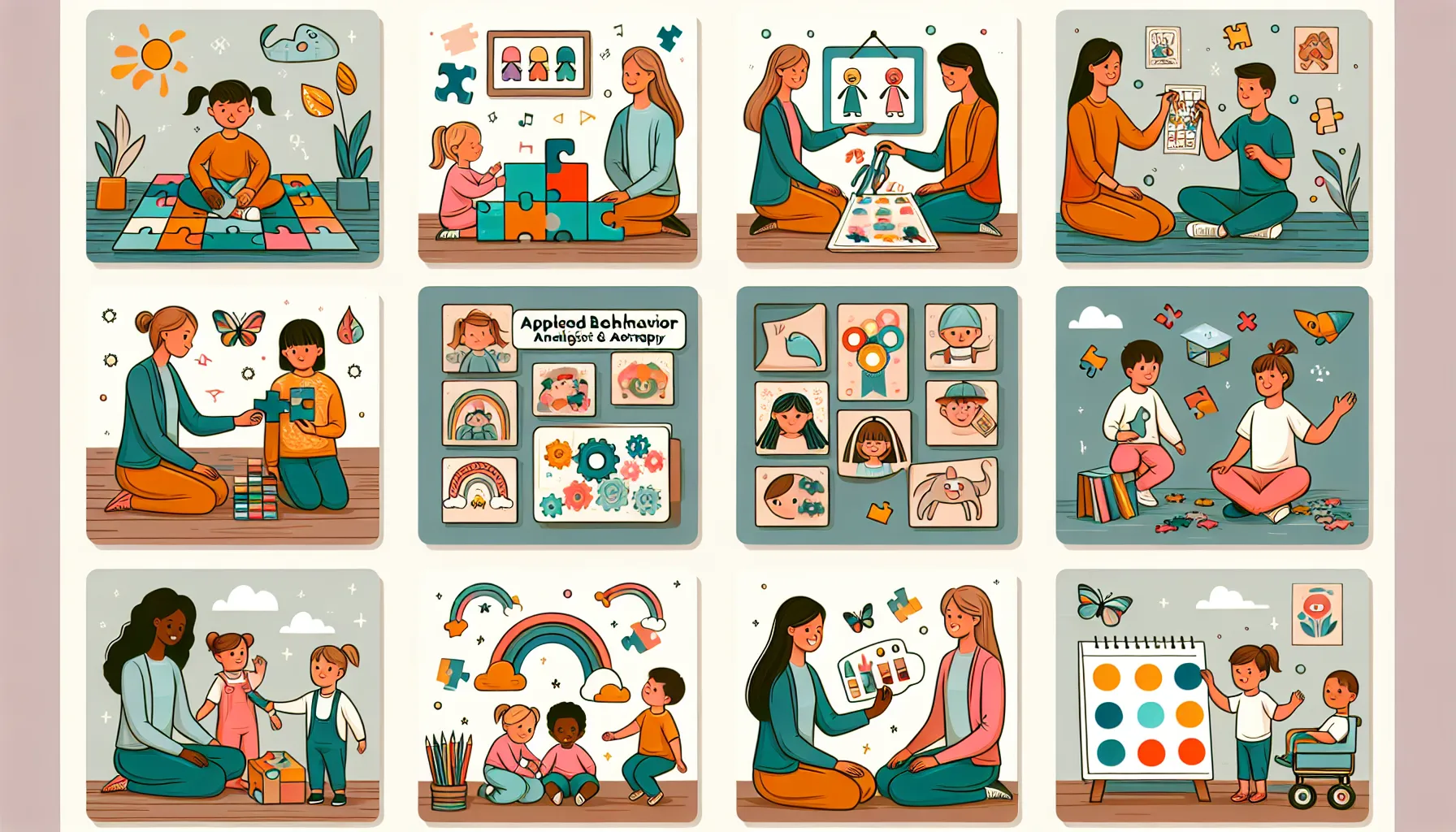


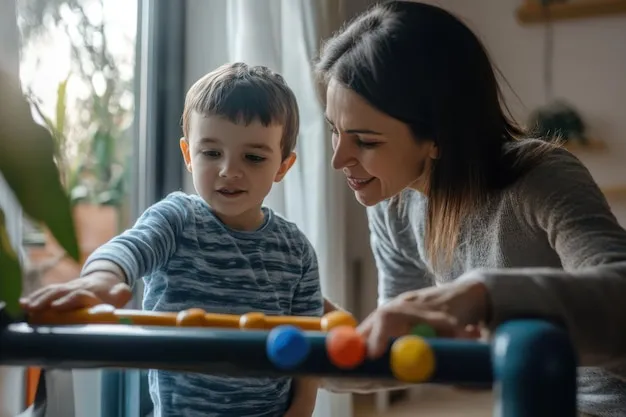
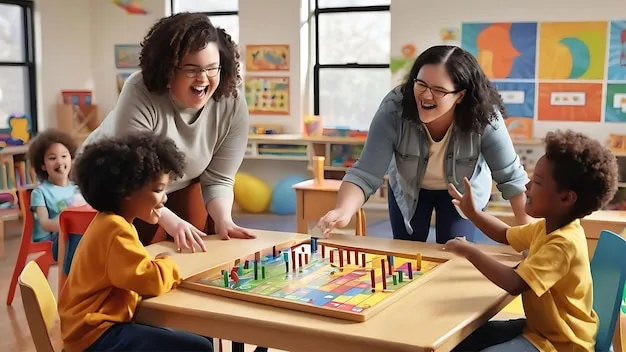

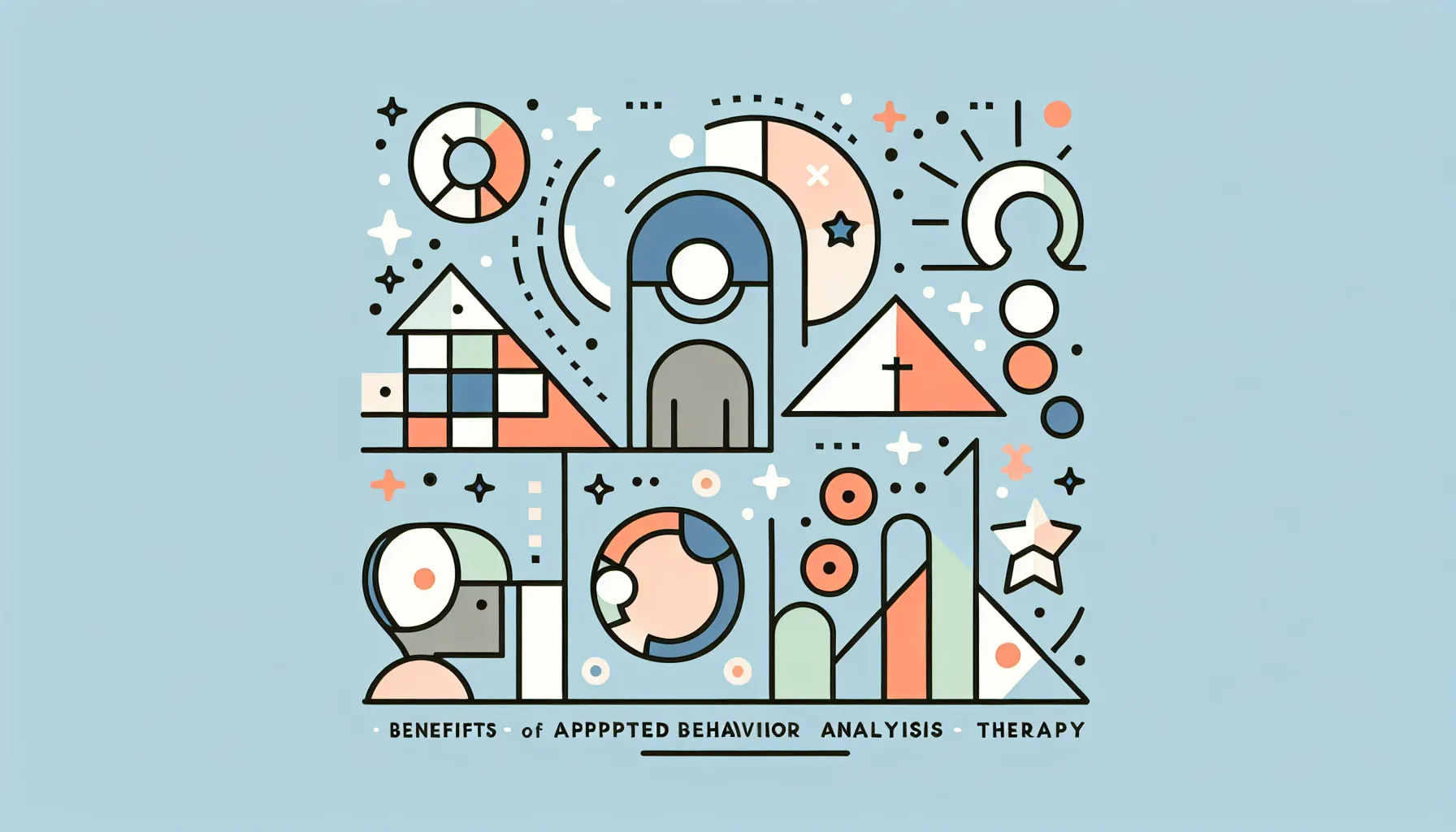



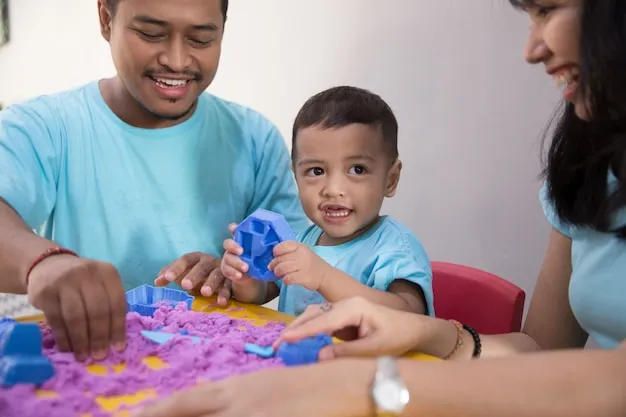


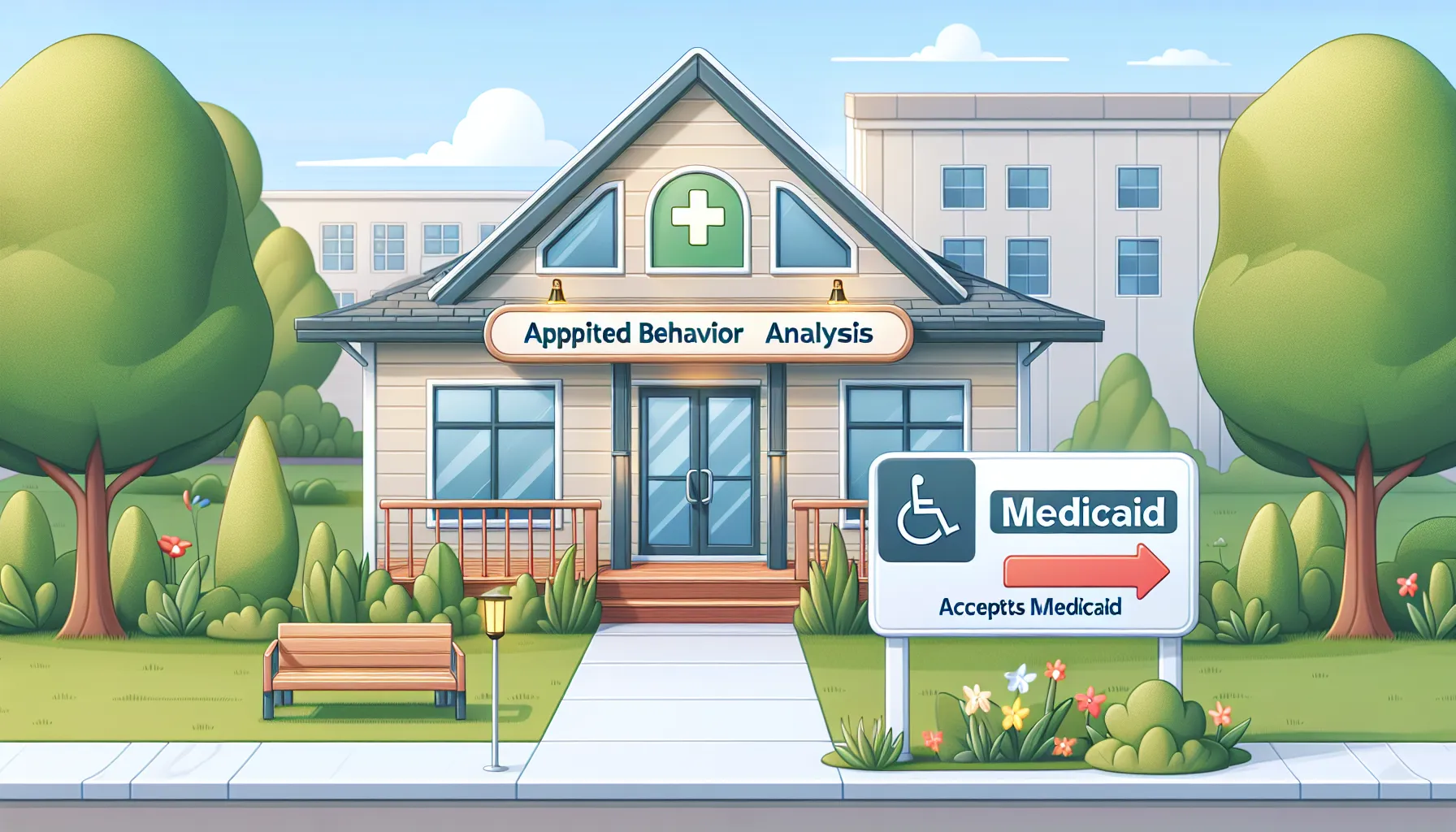




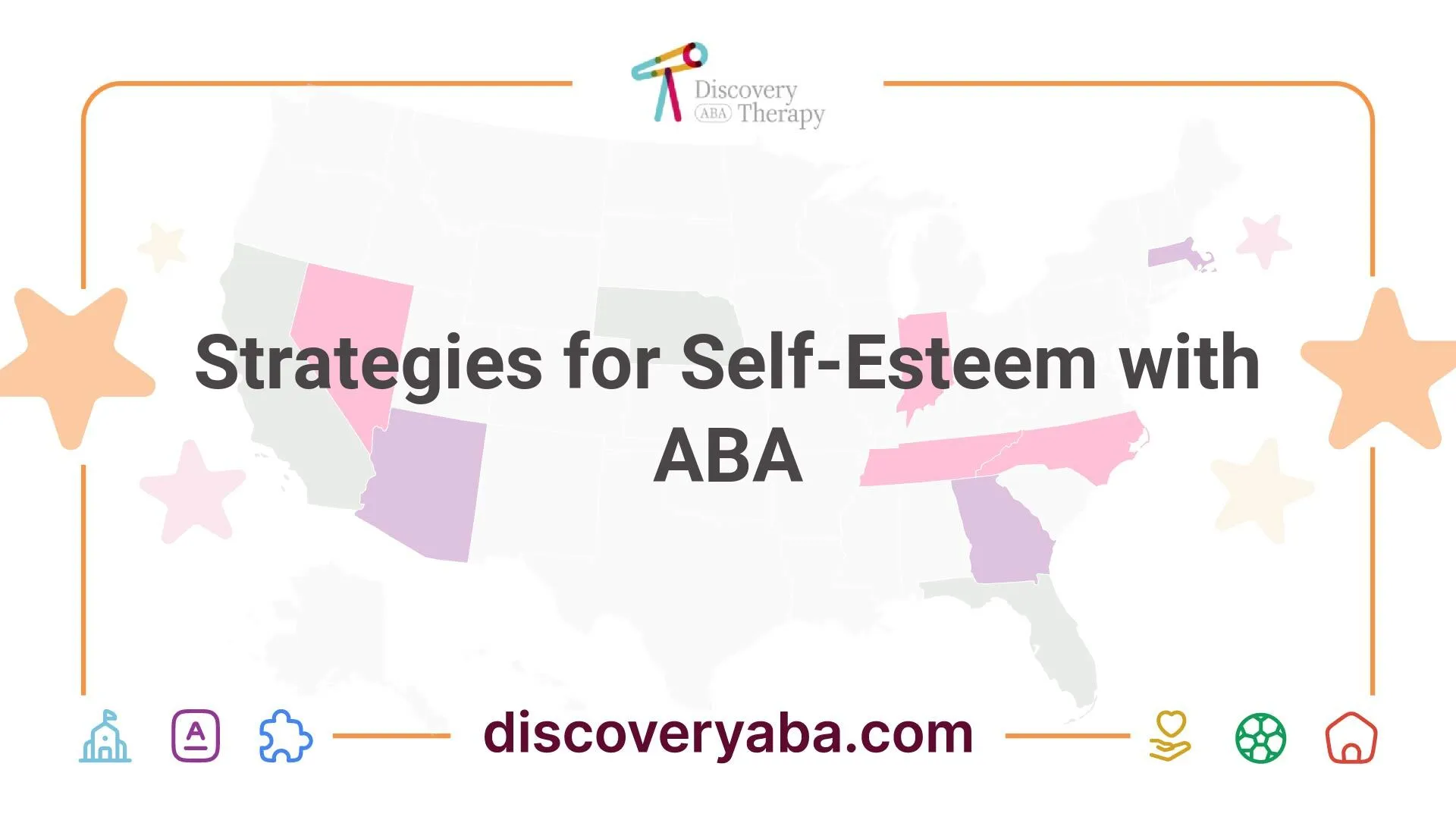




.jpeg)

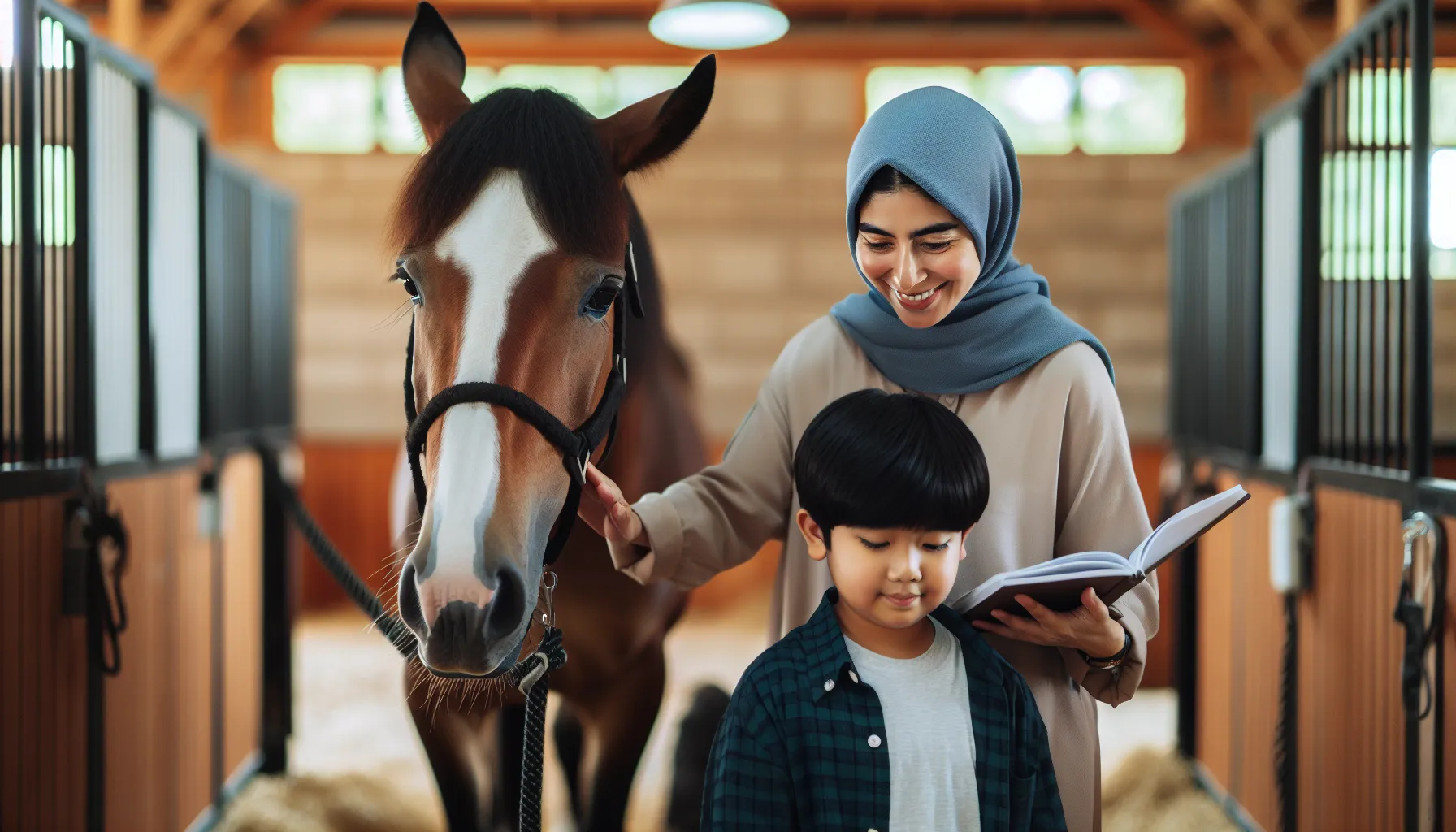





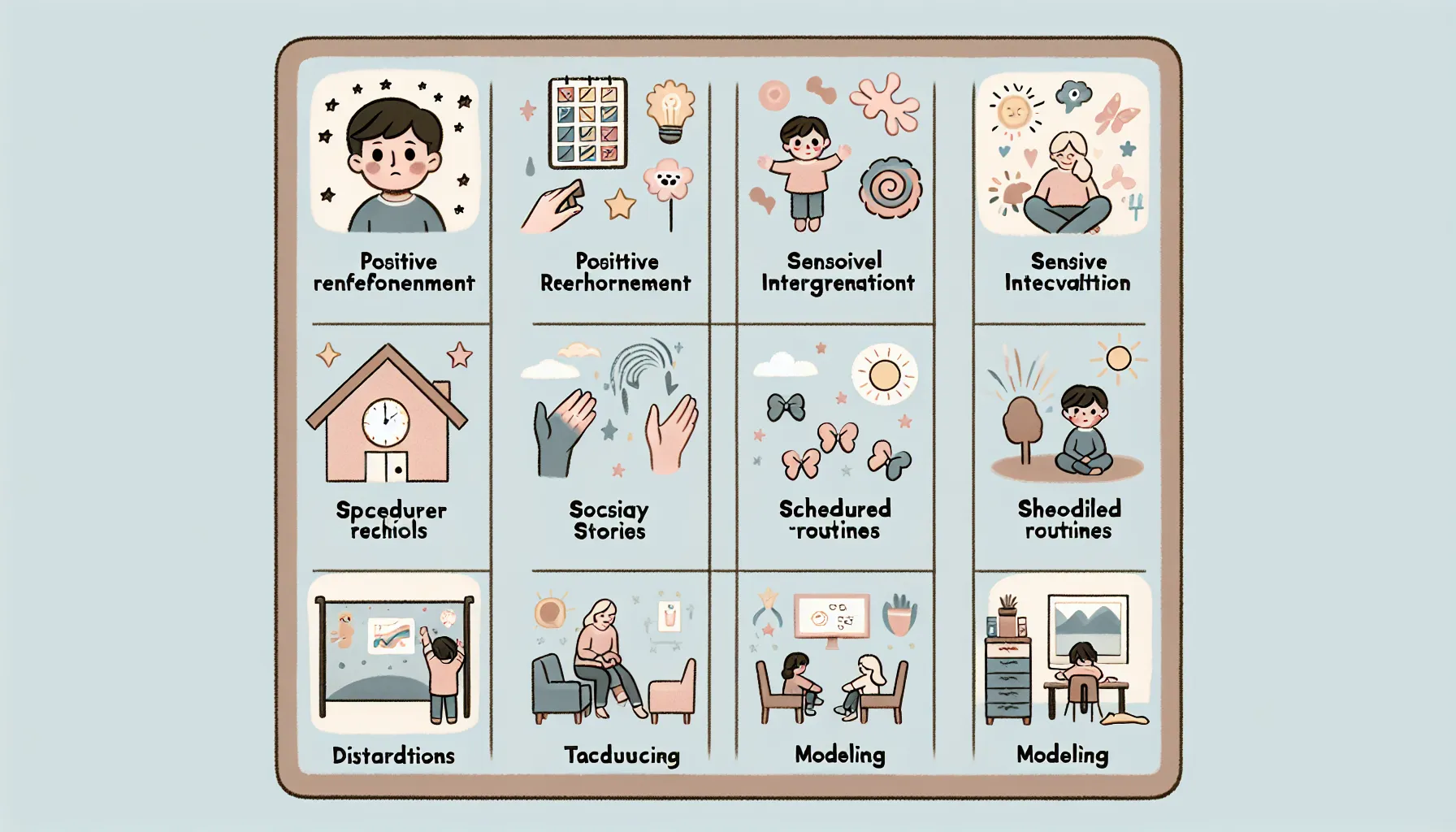

.jpeg)
.jpeg)
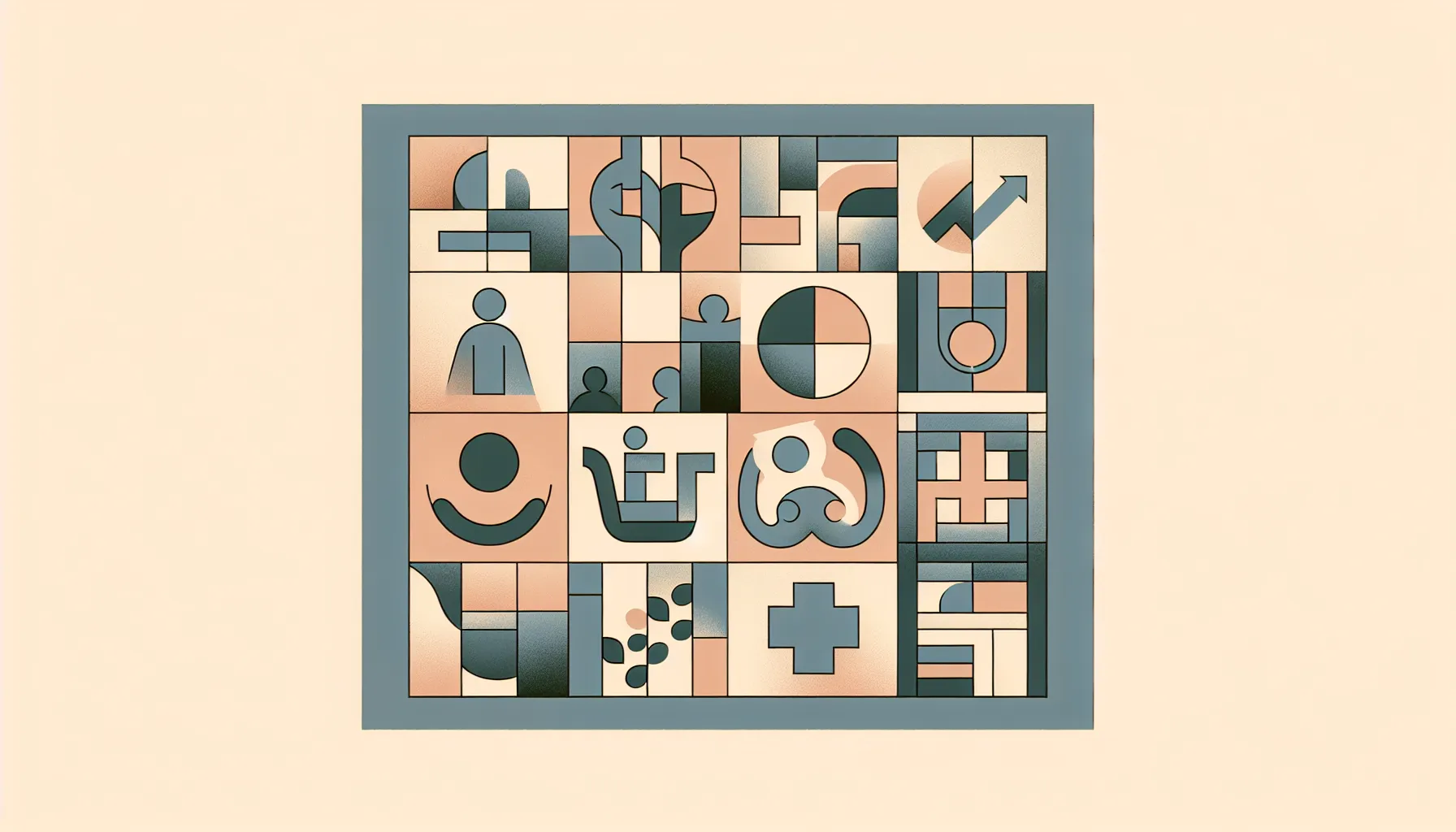


.jpeg)

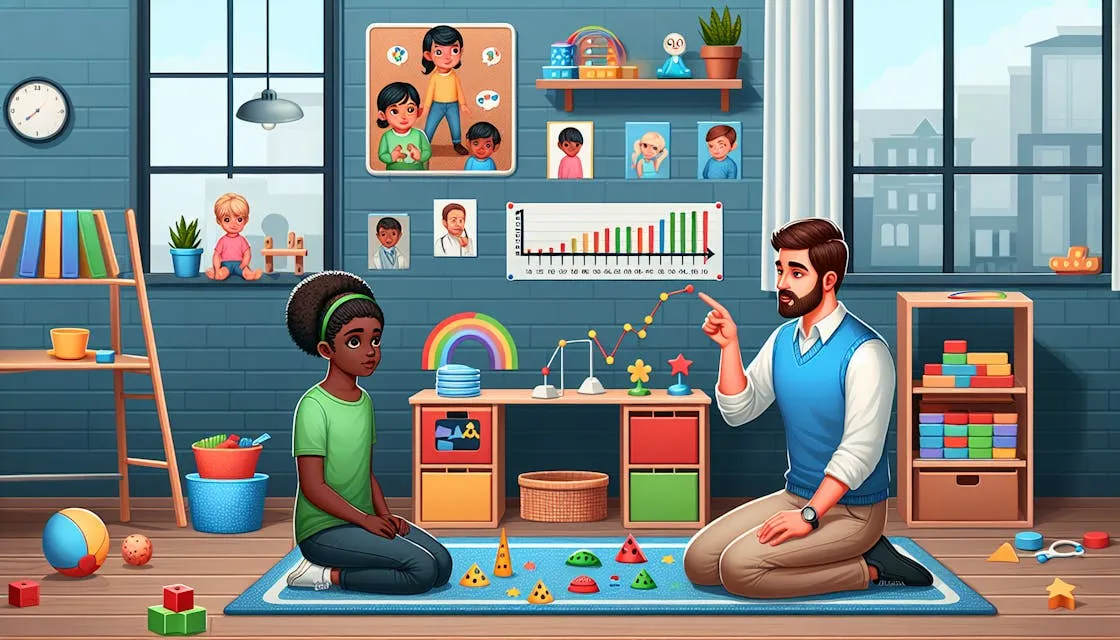


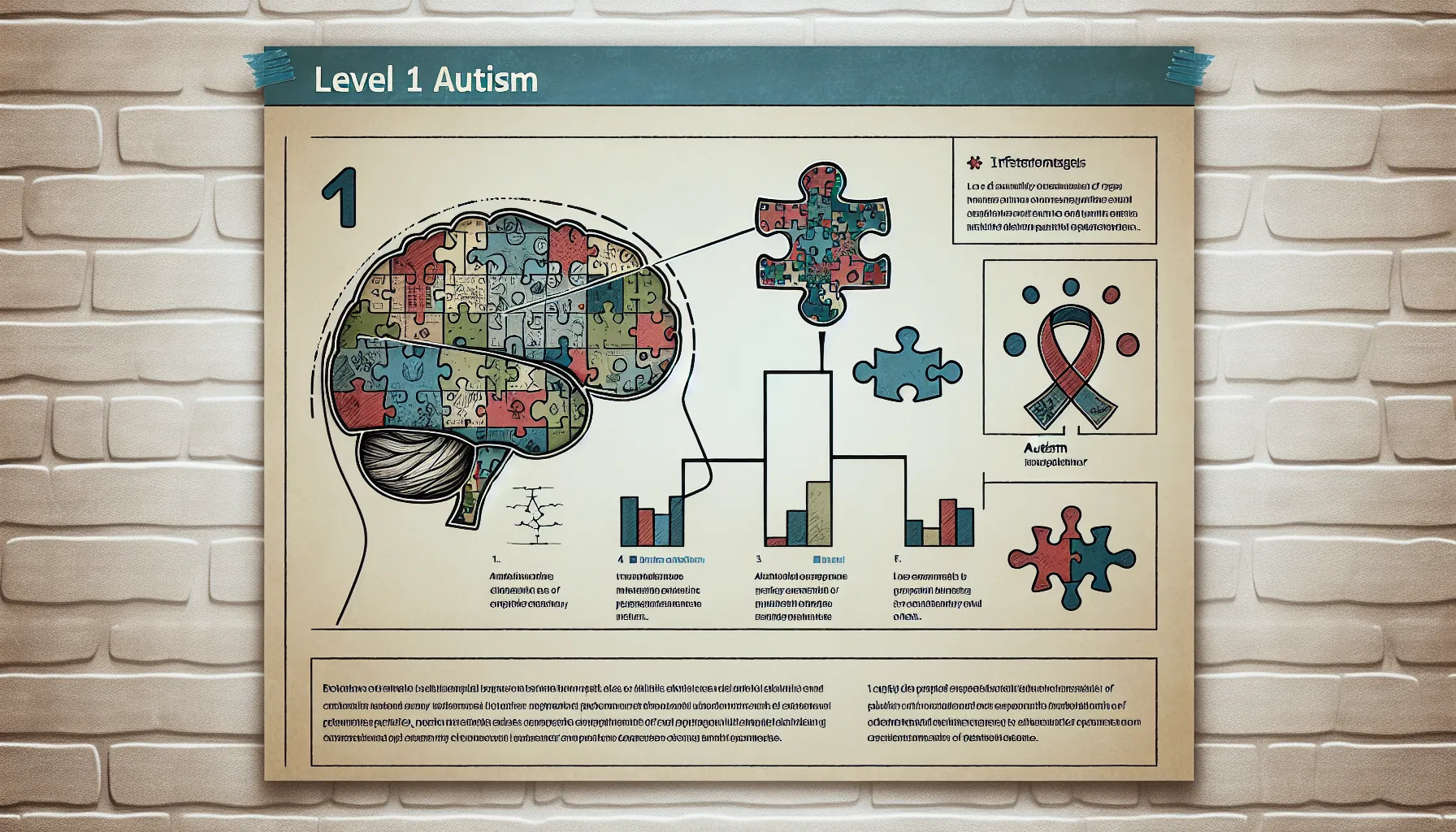

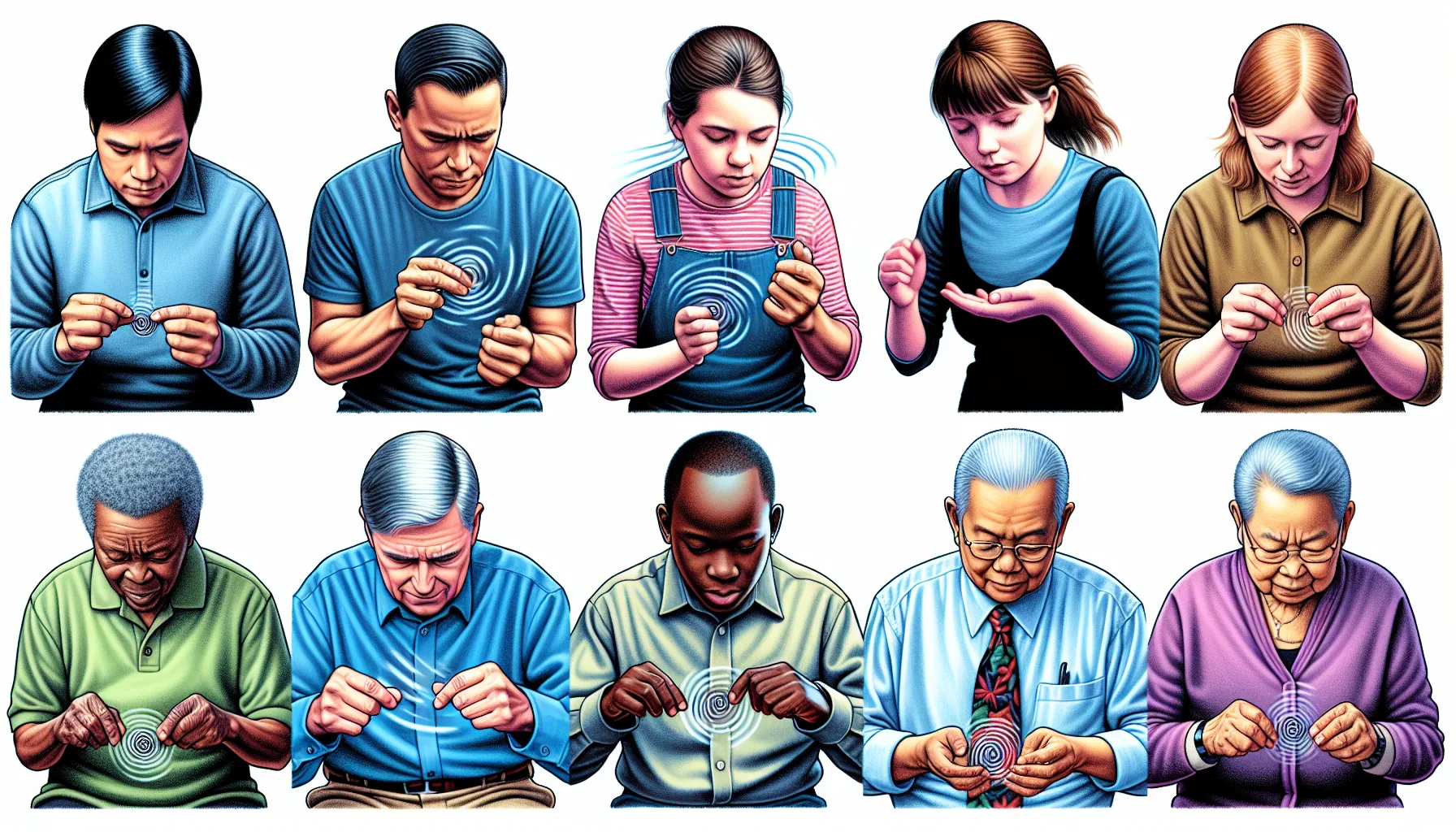









.jpeg)
.jpeg)



.jpeg)
.jpeg)




